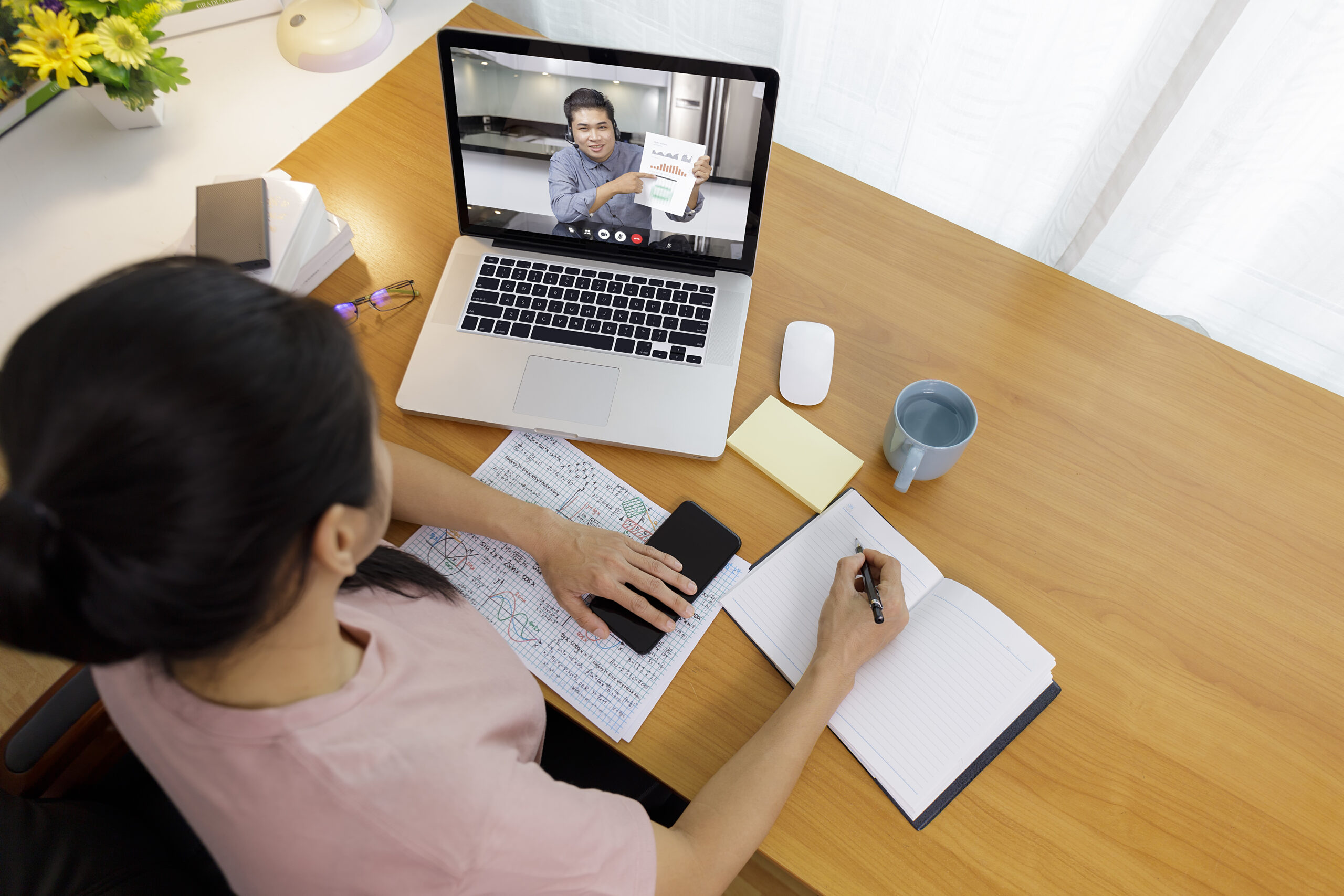How to make hybrid meetings more effective
- Charles Chau

Besides the prep work that goes into virtual meetings such as having an effective agenda, the right attendees, tools and roles, the World Economic Forum (WEF) has recommended four post-meeting actions to improve efficiency.
The first is to take better minutes of the meeting to update team members who were not able to attend on what transpired at the meeting, provide a reference of responsibilities, achievements, comments, and action to be taken, and instill accountability.
The next is to create an intuitive system for the distribution of the minutes of the meeting and action items. For example, a shared notes document might be a better place for more detailed notes, while the “Description” section of a repeating meeting might be a better place for brevity.
READ: Non-essential meetings place financial burden on organisations
The third is to evaluate the meeting to see what elements should be changed. Hybrid work provides the opportunity to strategically select which meetings work best virtually and which need to be in person. Organisations should also evaluate if there is a need for video, as there are times voice-only meetings work better and other times, you need to see people’s faces.
The last is to get feedback from team members and adjust the frequency, duration, and timing of future meetings. This will provide team members with a sense of ownership, making them feel connected and involved.






